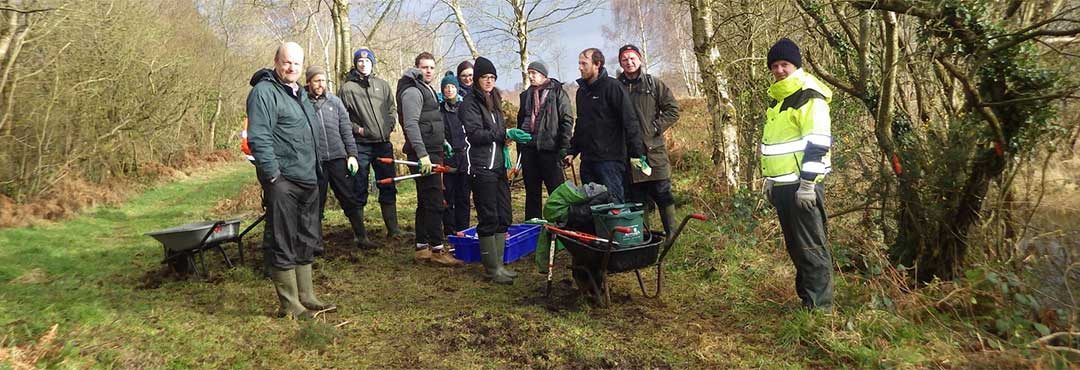Calcareous Grasslands are species-rich grassy areas that develop on thin layers of lime rich soil over a limestone bedrock. In order to be classed as ‘species rich’, more than 20 different species must be present within a 4m2, there must be less than 20% scrub cover, and there must be characteristic plant species for the habitat. There is approximately 936 hectares of calcareous grassland in Northern Ireland, a figure which is taken from a survey conducted between 1992 and 1997.
Historical info about Calcareous Grassland
In Northern Ireland the majority of calcareous grassland is in the hills of County Fermanagh, with smaller fragmented patches found in County Antrim. It is generally found at heights over 150m. Like many other important habitats, it has undergone significant decline in recent years, but there is very little data available to tell us exactly how much. This decline can be mainly attributed to scrub invasion or changes in management to more intensive practices. One of the problems with loss of calcareous grassland is that it is very slow to recover after damage.
On the plus side, many of the areas where it is found are of no use for other purposes such as other agricultural practices or road building/development due to where they are geographically, so in this way are less at risk than other grassland habitat.
Species living in and around Calcareous Grassland
Calcareous grassland is a very important habitat for many species, particularly butterflies. There are many Northern Ireland priority species found here, such as Irish hare, skylark, the ‘small blue’ butterfly (Cupido minimus), dingy skipper butterfly (Erynnis tages), Irish eyebright (Euphrasia salisburgensis), dense flowered orchid (Neotinea maculate), the hoverfly (Cheilosia ahenea) and the mosses Tortella densa and Myurella julacea. Of these species, Irish eyebright, dense-flowered orchid and autumn gentian are found nowhere else in the British Isles.
Threats to Calcareous Grassland
- Agricultural practices – various farming practices such as pesticide use, ploughing, seeding and cultivation can damage or destroy calcareous grassland.
- Overgrazing – While low grazing numbers are beneficial to keep competing species under control, heavy grazing by sheep, cattle and horses reduces the varieties of plant species characteristic to this habitat.
- Lack of Management – when left to its own devices it will develop scrub and can eventually become woodland.
- Development – although upland calcareous grassland is not at threat of development, it is estimated that 7% of species rich dry grassland was lost to development between 1991 and 1998.
- Erosion – through recreational pressure and natural processes.

